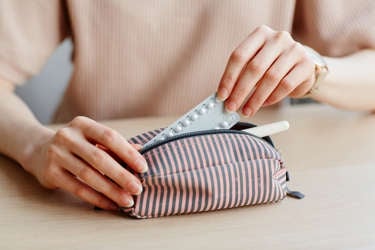Why exercise is important in cystic fibrosis treatment
Exercise benefits us all, but people with cystic fibrosis (CF) benefit even more from being physically active because exercise can:
- maintain lung function, which means people with CF will keep good lung function longer.
- help clear mucus from the lungs, allowing for easier breathing.
- create more reserve for the whole body to rely on, during periods of lung infection. This means that someone who is fit may be able to get back their activity faster after getting sick.
- help you feel better and improve your quality of life.
How much physical activity do you need?
7 to 12 years of age
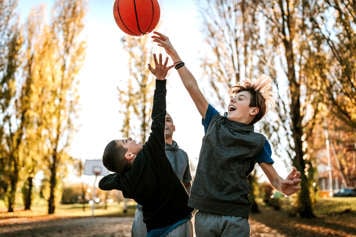
If you are 7 to 12 years old you should ideally have at least an hour in total of moderate-to-vigorous physical activity per day. Any exercise is good for you. The activity should be intense enough to make you breathe a bit harder yet still be able to carry on a conversation. Physical does not have to be done all at once and can be broken up throughout the day.
You should also include vigorous physical activity, and muscle and bone strengthening activities at least 3 days per week. This can include running, jumping and sports such as basketball or volleyball. This is a great time to develop good physical activity habits.
13 to 19 years of age
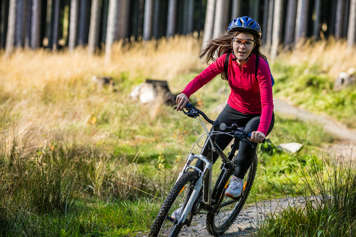
If you are 13 to 19 years of you should also get at least an hour of moderate-to-vigorous activity per day. The activity should be intense enough to make you breathe a bit harder yet still be able to carry on a conversation. You should also include vigorous physical activity, and muscle and bone-strengthening activities at least 3 days per week. For example, you could do 30 minutes of aerobic exercise and 30 minutes of strengthening to develop your muscles. This could include formal resistance training that targets each muscle group 2 to 3 times per week.
Types of exercise
Aerobic exercise
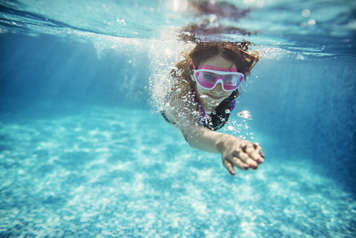
Aerobic exercise is when you do an activity for a longer period of time and it makes you breathe harder and sweat. It also increases your heart rate so your heart gets some exercise to become more efficient at pumping blood and oxygen to the different parts of your body.
Resistance training
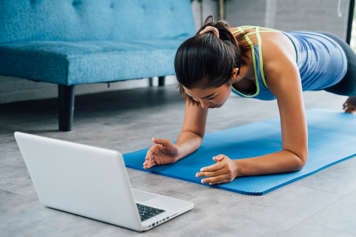
Resistance training increases the strength and tone of muscles and builds bone density. It works by making your muscles work against a weight or force. You can use free weights, weight machines, resistance bands and even your own weight!
Flexibility exercises

Flexibility exercises help to maintain the flexibility of your joints and muscles. In particular, chest wall mobility is important to allow for the lungs to fully expand.
After you have finished any type of exercise you can add huffing and coughing to help clear mucus.
Benefits of physical activity
There are many types of physical activity and each has different benefits. Knowing what type of physical activity will best treat CF is very helpful. Benefits of physical activity include:
Increased endurance
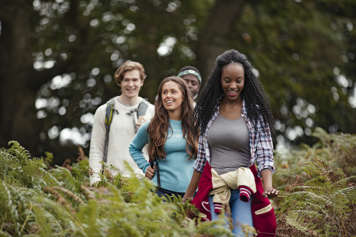
To increase your endurance you will need to participate in physical activity that is done for extended periods of time. It usually involves some type of aerobic exercise. Better endurance will help to make everyday tasks easier. Activities you can try include:
- going for walks, hikes or runs
- getting involved in organized sports or clubs
- taking swimming lessons or going recreational swimming
- taking cardio classes at a community centre or gym
Increased chest mobility
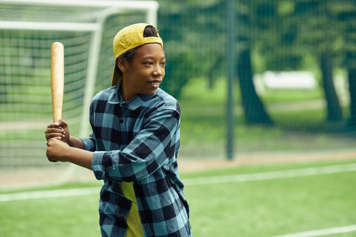
You can do different activities done to loosen up your chest cavity. This is important as it will make it easier to breathe. Activities you can try include:
- yoga
- shooting a basketball
- swinging a baseball bat, golf club or tennis racquet
Increased core strength
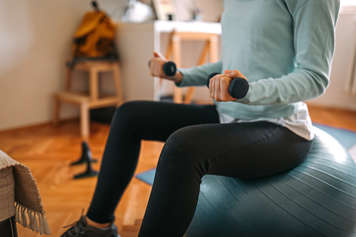
Increasing the strength of your core muscles including the abdominal (belly) muscles will help to improve your posture by keeping your body stable and balanced and will also help with breathing.
Core strengthening also includes the pelvic floor muscles. These are the ones that help control the flow of urine. When the pelvic floor muscles are weak or overstretched, then pee may leak out when you cough, sneeze or laugh. This is called stress urinary incontinence. Do not be afraid to bring this up with your CF team for treatment ideas.
Activities you can try to help strengthen your core include:
- sit-ups, crunches and plank pose
- pilates
- sitting on a Swiss ball
Increased leg strength
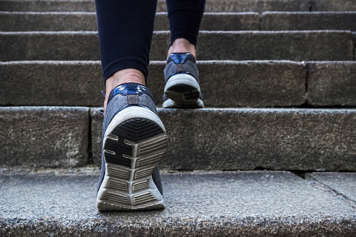
To increase your leg strength you can do both resistance training and aerobic training. Having strong leg muscles will make everyday tasks easier to perform. Activities you can try include:
- plyometrics: standing jumps, long jumps, side jumps, etc.
- running up hills or stairs
- squats
- obstacle courses
Increased lung function
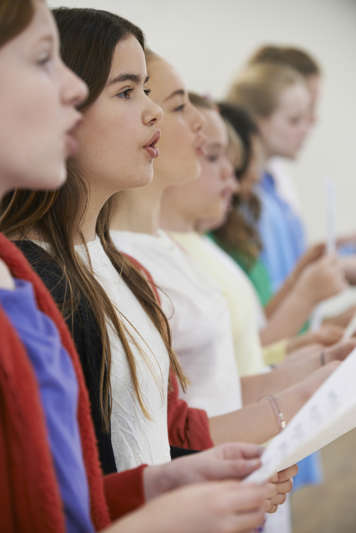
You can do breathing exercises to stretch the lungs. These make breathing feel easier. Activities you can try include:
Sneaky fitness

"Sneaky fitness" is a great way to exercise without taking time out of your day. Examples include taking the stairs instead of the elevator or escalator, parking the car farther from an entrance to get more steps in, and standing or stretching during commercial breaks or after periods of sitting.
Doing exercise or being physically active with friends makes exercise fun and social!
Exercise and stress urinary incontinence
Good posture including a straight spine and upright sitting position is recommended for airway clearance as the pelvic floor muscles work best in this position. During coughing, practising a technique called “The Knack,” where you tighten and lift the pelvic floor muscles before coughing, huffing or sneezing helps to protect against leakage.
In addition, exercises such as jumping, skipping and running may cause leakage. Modifying or taking extra care with these activities may minimize the leakage. For example, for those who enjoy the trampoline or skipping, you may find that jogging instead of jumping will cause less strain on the pelvic floor muscles.
Speak to your physiotherapist to discuss further.
Physical activity, exercise and your CF team
There are many people on your CF care team you can talk to about physical activity and exercise.
- Physiotherapists can work with you to make physical activity and exercise a fun part of your everyday life.
- Exercise physiologists use tests to understand how your body works when it exercises. You will see them in the exercise testing lab once a year when you are tall enough to ride a stationary bike. They can make recommendations on the type of exercises to focus on.
- Dietitians can teach you how eating and taking extra enzymes can give you the energy you need to be active and strong.







